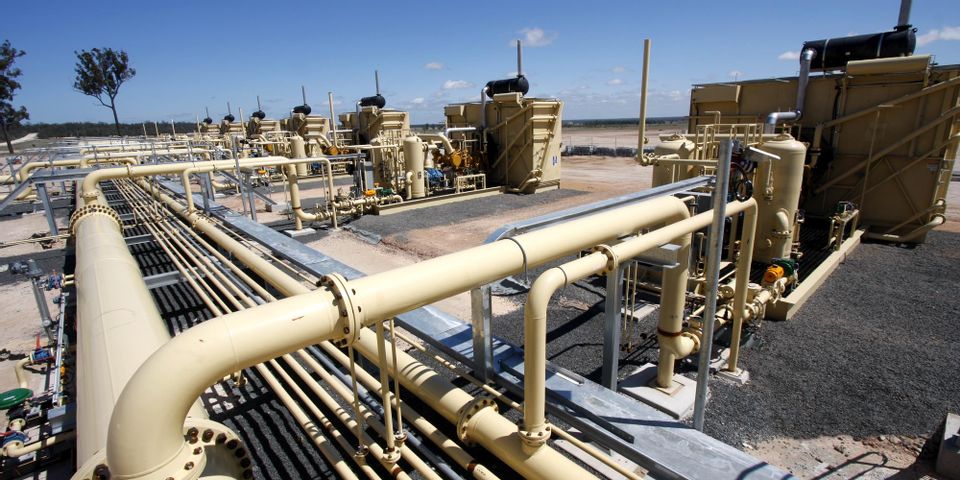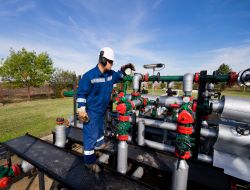
From stoves to water heaters, a number of appliances and systems rely on natural gas to simplify everyday life. However, the fuel has to travel through miles of piping before reaching your property. Along the way, it stops at natural gas compressor stations for processing. Here’s some more about these civil engineering structures and how they work.
What Are Natural Gas Compressor Stations?
To move from the initial well sites to the businesses and houses that rely on it, natural gas must flow through pipes and fittings. This movement is triggered by pressure. However, as the gas travels long distances across various types of terrain, it encounters friction, which reduces pressure and slows it down.
To ensure efficient travel, civil engineering companies build compressor stations throughout the network, which push particles together to restore pressure and gas flow. They also move some of the gas into reservoirs, which act as backup stores during emergencies.
How Do They Work?
 On average, most natural gas compressor stations are situated about 40 miles to 70 miles apart. Once the depressurized gas arrives, it runs through a filter to remove contaminants.
On average, most natural gas compressor stations are situated about 40 miles to 70 miles apart. Once the depressurized gas arrives, it runs through a filter to remove contaminants.
Then, it is sent into computer-controlled compressors to restore adequate pressure, and the heat created by this process is released through an aerial cooler system. The stations also include sound-insulating features called mufflers to minimize the noise created during the compression process.
If you’re looking to construct a natural gas compressor station, reach out to CDA Engineering of Troy, MI. Since 1970, this civil engineering firm has been constructing vital community elements, from automotive facilities to power plants. They also offer design-build services, so they can facilitate your project from start to finish. To learn more about their projects, visit the website. You can also call (248) 589-3300 to speak with a representative and set up a meeting.
About the Business
Have a question? Ask the experts!
Send your question

